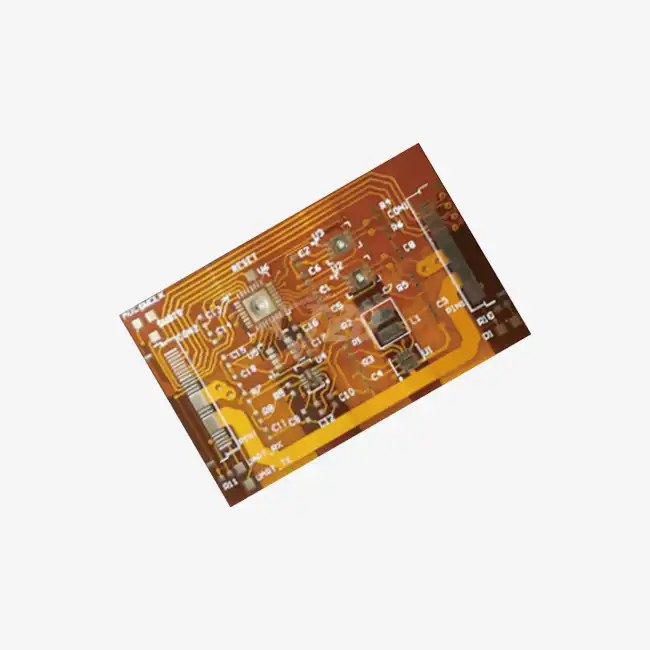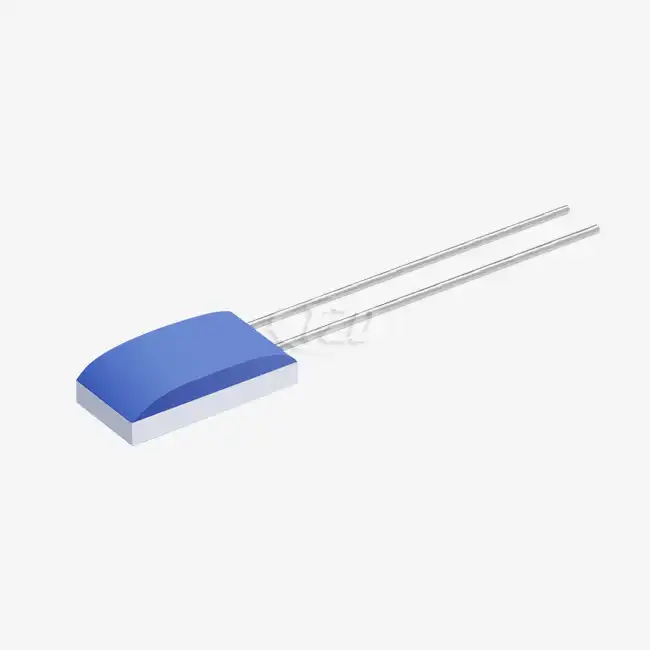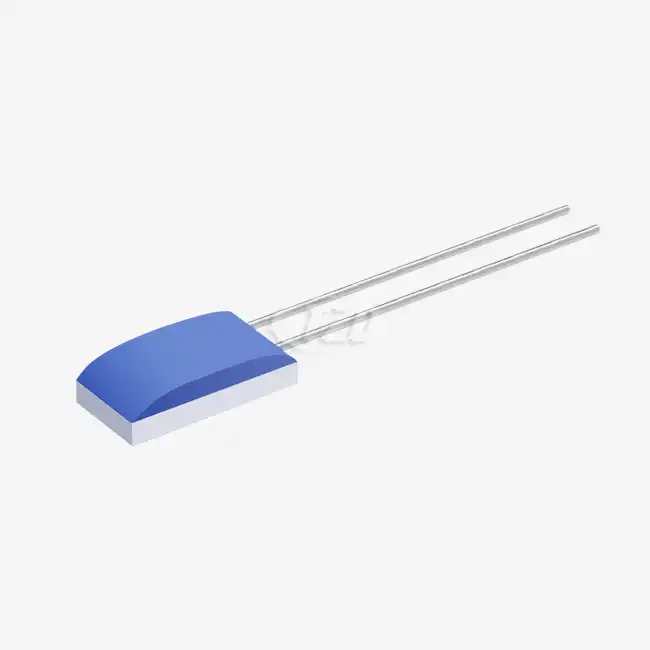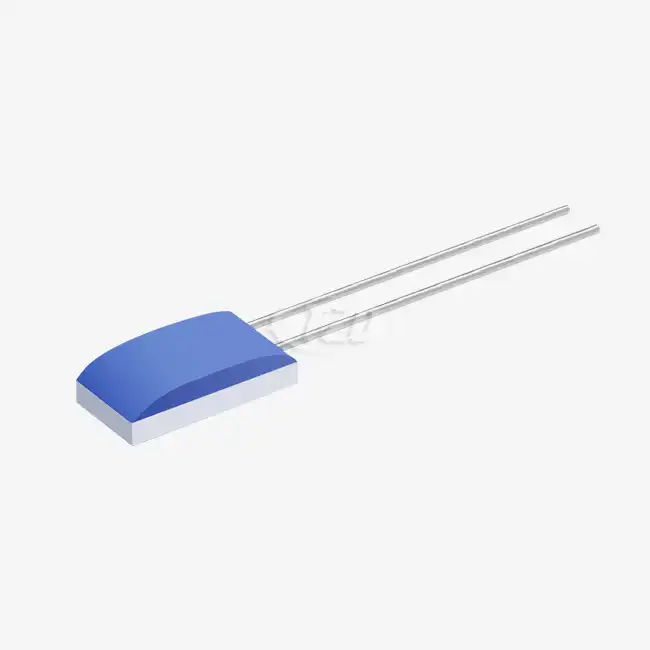- English
- French
- German
- Portuguese
- Spanish
- Russian
- Japanese
- Korean
- Arabic
- Greek
- German
- Turkish
- Italian
- Danish
- Romanian
- Indonesian
- Czech
- Afrikaans
- Swedish
- Polish
- Basque
- Catalan
- Esperanto
- Hindi
- Lao
- Albanian
- Amharic
- Armenian
- Azerbaijani
- Belarusian
- Bengali
- Bosnian
- Bulgarian
- Cebuano
- Chichewa
- Corsican
- Croatian
- Dutch
- Estonian
- Filipino
- Finnish
- Frisian
- Galician
- Georgian
- Gujarati
- Haitian
- Hausa
- Hawaiian
- Hebrew
- Hmong
- Hungarian
- Icelandic
- Igbo
- Javanese
- Kannada
- Kazakh
- Khmer
- Kurdish
- Kyrgyz
- Latin
- Latvian
- Lithuanian
- Luxembou..
- Macedonian
- Malagasy
- Malay
- Malayalam
- Maltese
- Maori
- Marathi
- Mongolian
- Burmese
- Nepali
- Norwegian
- Pashto
- Persian
- Punjabi
- Serbian
- Sesotho
- Sinhala
- Slovak
- Slovenian
- Somali
- Samoan
- Scots Gaelic
- Shona
- Sindhi
- Sundanese
- Swahili
- Tajik
- Tamil
- Telugu
- Thai
- Ukrainian
- Urdu
- Uzbek
- Vietnamese
- Welsh
- Xhosa
- Yiddish
- Yoruba
- Zulu
What Is the Measurement Range of a Pt1000 Temperature Sensor?
The Pt1000 temperature sensor, a highly precise and versatile temperature measurement device, boasts an impressive measurement range of -200°C to +850°C (-328°F to +1562°F). This extensive range makes it suitable for a wide array of applications across various industries. The Pt1000 sensor's ability to maintain accuracy and stability throughout this broad temperature span is attributed to its platinum composition and adherence to international standards such as IEC60751. This remarkable range allows the Pt1000 to excel in diverse environments, from cryogenic applications to high-temperature industrial processes.
Comprehending the Pt1000 Temperature Sensor's Technology and Principles
The Pt1000 Temperature Sensor is a type of Resistance Temperature Detector (RTD) that utilizes the principle of electrical resistance change in metals as temperature fluctuates. The "Pt" in its name denotes platinum, the primary material used in its construction, while "1000" refers to its nominal resistance of 1000 ohms at 0°C.
Platinum is chosen for its exceptional linearity in resistance-temperature relationship, chemical inertness, and stability over time. These properties contribute to the sensor's high accuracy and reliability across its extensive measurement range.

Temperature Coefficient of Resistance (TCR)
A critical characteristic of the Pt1000 sensor is its Temperature Coefficient of Resistance (TCR), which is typically 3850 ppm/°C. This value indicates the sensor's sensitivity to temperature changes and plays a crucial role in its measurement accuracy. The higher TCR of platinum compared to other metals ensures better resolution and sensitivity in temperature measurements.
Construction and Design
Pt1000 sensors are available in various form factors to suit different applications. Common dimensions include 2.0mm x 2.3mm x 1.0mm and 2.0mm x 4.0mm x 1.0mm for the sensing element. The lead specifications typically feature a length of 10 mm and a diameter of 0.2 mm, with options for different lead materials such as platinum-nickel wire, silver-palladium, or pure silver.
The sensor's construction ensures a lead tensile strength of ≥9 N, making it robust enough for industrial applications. Its insulation resistance is maintained at 100 MΩ at 20°C and remains above 2 MΩ even at elevated temperatures of 500°C, ensuring electrical isolation and measurement accuracy.
Performance Characteristics of Pt1000 Temperature Sensors
The Pt1000 temperature sensor exhibits exceptional performance characteristics that contribute to its wide measurement range and reliability in various applications.
Accuracy and Stability
Pt1000 sensors offer high accuracy, typically ±0.01 Ω, which translates to temperature measurements with precision better than ±0.1°C. This accuracy is maintained across the sensor's entire measurement range, making it suitable for applications requiring high precision.
Long-term stability is another crucial aspect of Pt1000 sensors. They demonstrate a drift of ≤±0.04% in resistance at the 0°C reference point (R₀) after 1000 hours of operation at 500°C. This exceptional stability ensures reliable measurements over extended periods, even in high-temperature environments.
Response Time and Self-Heating
The response time of Pt1000 sensors varies depending on the medium. In water flow (V=0.4 m/s), it achieves a t₀.₅ of 0.05 s and a t₀.₉ of 0.15 s. In airflow (V=2 m/s), the response times are t₀.₅ = 3 s and t₀.₉ = 10 s. These rapid response times enable quick temperature measurements in dynamic environments.
Self-heating is a consideration in RTD sensors, and Pt1000 sensors typically have a self-heating coefficient of 0.4°C/mW at 0°C. To mitigate this effect, an operating current of 0.1–0.3 mA is recommended, balancing measurement sensitivity with minimal self-heating influence.
Environmental Resilience
Pt1000 sensors demonstrate robust environmental resilience. They can withstand vibrations with ≥40g acceleration in the frequency range of 10–2000 Hz and shock resistance of ≥100g acceleration (8 ms half-sine wave). This durability makes them suitable for applications in harsh industrial environments, automotive systems, and aerospace.
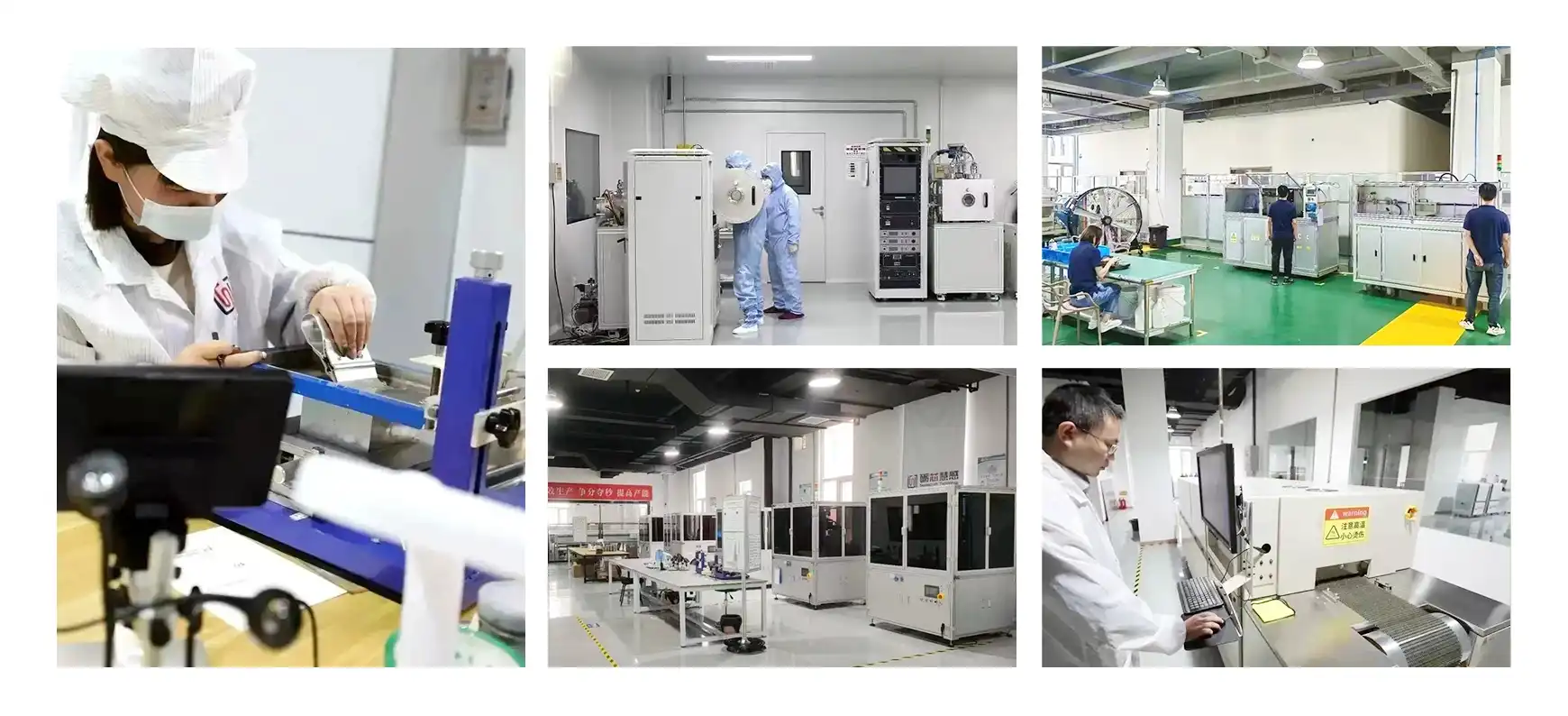
Applications Leveraging the Pt1000 Temperature Sensor's Wide Measurement Range
The extensive measurement range of Pt1000 temperature sensors enables their use in diverse applications across multiple industries.
Industrial Process Control
In industrial settings, Pt1000 sensors are utilized for monitoring and controlling temperatures in various processes. Their wide range allows them to be employed in applications ranging from refrigeration systems to high-temperature furnaces. The sensors' ability to maintain accuracy across this broad spectrum ensures precise process control and product quality.
Medical and Laboratory Equipment
The medical field benefits from the Pt1000 sensor's accuracy and stability. These sensors are used in medical devices, incubators, and laboratory equipment where precise temperature control is critical. Their ability to measure both low and high temperatures make them versatile for various medical applications, from cryogenic storage to sterilization processes.
Automotive and Aerospace
In the automotive industry, Pt1000 temperature sensors play a crucial role in engine management systems, HVAC controls, and battery temperature monitoring in electric vehicles. The aerospace sector utilizes these sensors for monitoring temperatures in aircraft engines, hydraulic systems, and environmental control systems. The sensors' wide measurement range, coupled with their vibration and shock resistance, makes them ideal for these demanding applications.
Environmental Monitoring
Pt1000 sensors are employed in weather stations and environmental monitoring systems. Their ability to accurately measure a wide range of temperatures allows for reliable data collection in various climates, from arctic to desert environments. This capability is crucial for climate research, agricultural applications, and urban planning.
Conclusion
In conclusion, the Pt1000 Temperature Sensor's impressive measurement range of -200°C to +850°C, combined with its high accuracy, stability, and robust construction, makes it an indispensable tool in numerous applications across various industries. Its versatility and reliability continue to drive its adoption in both traditional and emerging fields, cementing its position as a cornerstone in temperature measurement technology. For more information about our Pt1000 temperature sensors and how they can benefit your specific application, please contact us at sales11@xatzd.com.
References
1. Anderson, J. L. (2019). Platinum Resistance Thermometry: Principles and Applications. Measurement Science and Technology, 30(1), 012002.
2. Chen, X., & Yi, Q. (2018). Design and Characterization of High-Precision Pt1000 Temperature Sensors for Industrial Applications. Sensors and Actuators A: Physical, 280, 210-217.
3. Kirby, R. K. (2020). Temperature Measurement with Platinum Resistance Thermometers. In Handbook of Temperature Measurement (pp. 123-156). Springer, Cham.
4. Lawton, K. M., & Patterson, S. R. (2017). Long-term stability of Pt1000 resistance thermometers for high-accuracy temperature measurements. Metrologia, 54(2), 67-73.
5. Zhang, Y., & Wang, H. (2021). Advanced Applications of Pt1000 Temperature Sensors in Aerospace and Automotive Industries. Journal of Sensors and Sensor Systems, 10(1), 61-70.
Learn about our latest products and discounts through SMS or email
